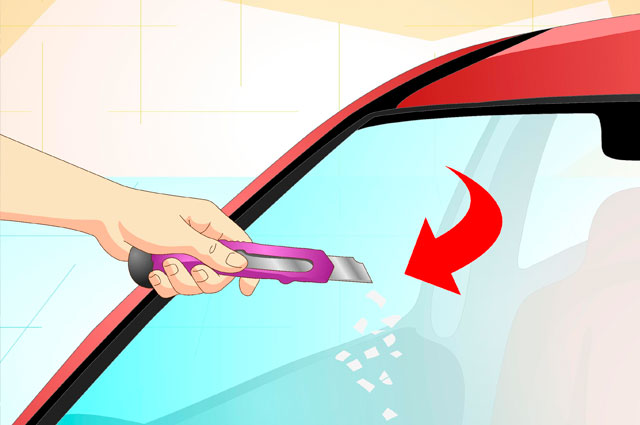
How to Repair a Cracked Windshield Without Replacing It
As soon as something goes wrong with our windshields, they become the focus of our thoughts. A minor chip can quickly turn into cracks that block your view – creating an unsafe driving hazard. While cracks in windshields might not seem serious at first, once they widen, they may break through the sealant that keeps it all together and necessitate the replacement of the window.
As soon as you notice a crack in your windshield, quickly repair it – this way, you’ll prevent further damage. You won’t incur an insurance deductible payment for repairs covered under your policy. However, experts caution against trying to repair long cracks on your own. In particular, if the crack crosses your line of sight and/or causes any obstruction to visibility, it is best left to a professional to replace it. Otherwise, it would likely fail the safety inspection.
At first, using nail polish on your windshield might seem like the easiest solution, but the chemicals present can weaken its adhesive and allow cracks to spread more quickly. Instead, find a shaded area and thoroughly clean the windshield before using an anti-crack product like crazy glue to fill and prevent further spreading of cracks – just apply it evenly across the windshield and allow it to dry thoroughly before driving your car again.
An alternative way of fixing windshield cracks is with a car glass repair kit. While each brand and model varies slightly in components, most kits feature similar steps and elements. You should first fill up an applicator with resin (the kit should provide two kinds: crack-fix and chip repair resin) before ensuring all suction cups are correctly aligned on your windshield.
Further read: What not to do with a cracked windshield?
Once the crack has been filled, apply pit polish to enhance its appearance. If an unsightly divot remains, use extra resin or the included “pit filler” resin to fill it. Finally, sunlight or UV lighting can be used to cure the resin.
Stress, edge, and floater cracks are the three primary types of windshield cracks. Stress cracks typically form from repeated impacts that weaken the windshield over time. Edge cracks usually form near the edge and can spread toward its center when exposed to heat or cold; and finally, floater cracks often start near an edge and worsen over time when driven in hot weather.
As soon as you notice cracks or chips on your windshield, no matter how minor, it’s wise to replace it immediately. Even minor flaws may become an eyesore. In states that perform safety inspections, cracked windshields can pose risks; most professionals recommend replacement over repair.